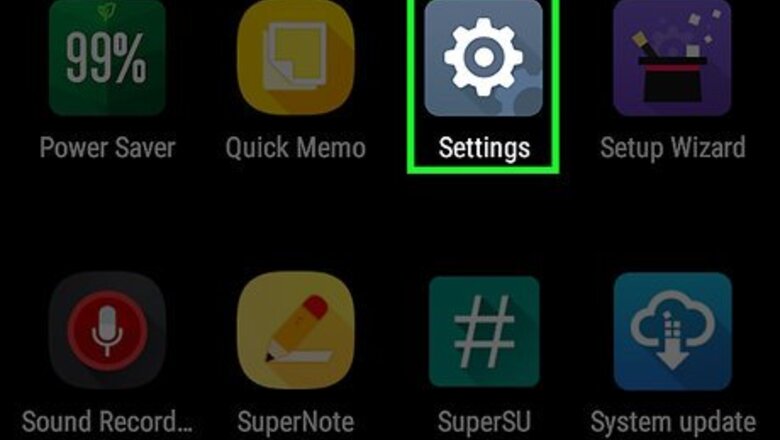
views
Uninstalling Old Apps
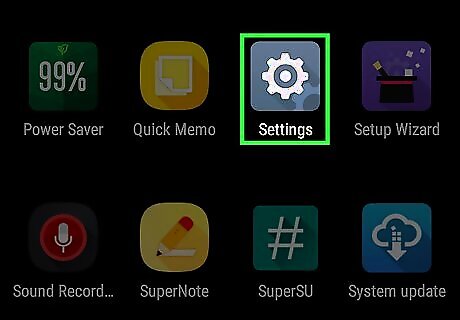
Tap the Settings app. You can find this in your app drawer by tapping the grid at the bottom of your Home screen. You can also typically access settings from the Notification Panel.
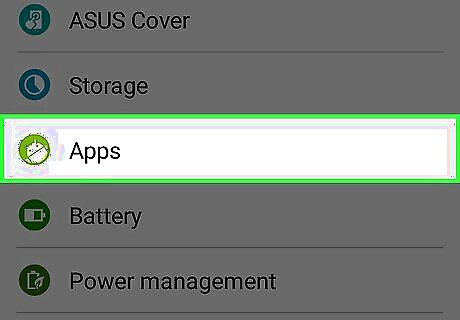
Tap Apps or Apps & notification or Application manager.
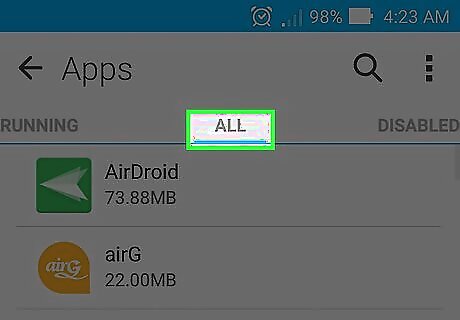
Switch to the All tab. This will display all of the apps installed on your device.
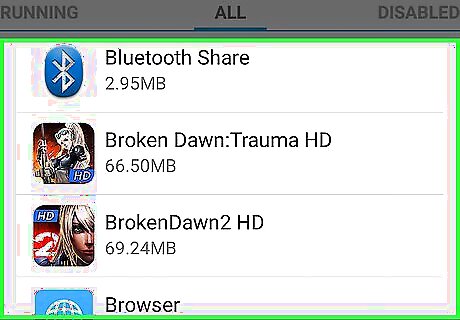
Scroll through the list to find apps you don't use. Apps that you know longer use may be taking up space and running in the background, slowing your device down. You'll see the amount of space each app takes next to the entry in the list. Some versions of Android allow you to sort by size by tapping the ⋮ button.
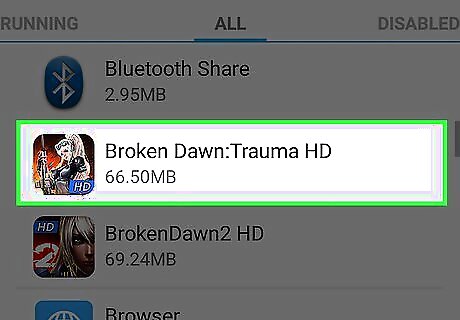
Tap an app that you want to uninstall.
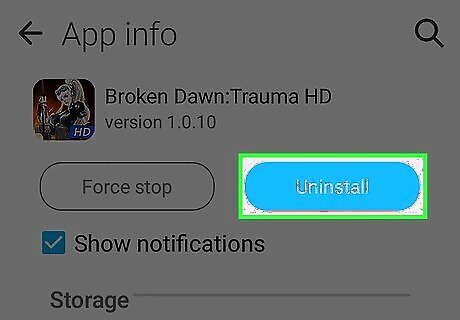
Tap the Uninstall button. If this button is not available, the app likely came preinstalled and cannot be completely removed.
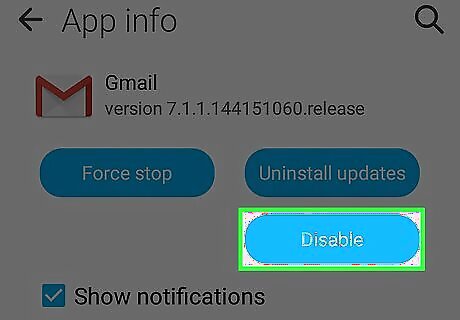
Tap Disable or Turn Off if you can't uninstall. You may have to tap "Uninstall updates" first.
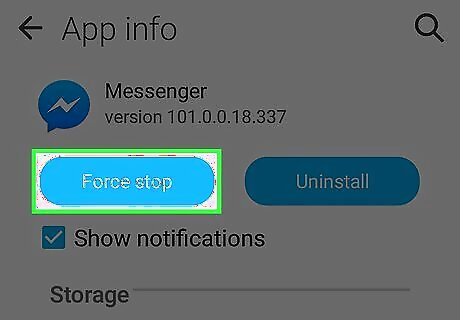
Repeat for any other apps you want to remove. The more apps you can remove, the more space your phone will have. This will lead to better performance.
Clearing Out Old Files
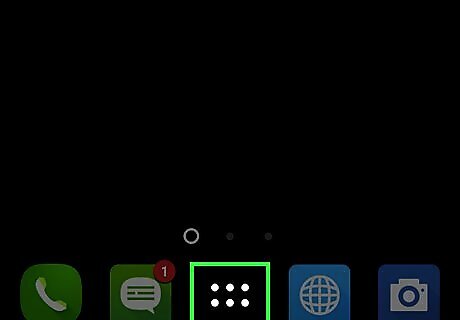
Tap the app list button. This is the grid at the bottom of your Home screen.
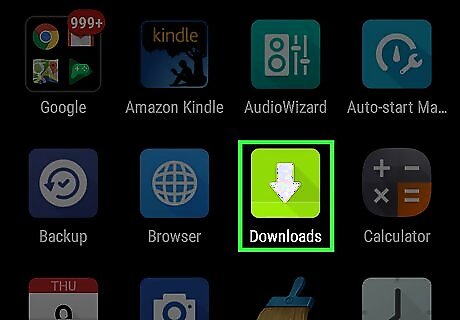
Tap Downloads or Files.
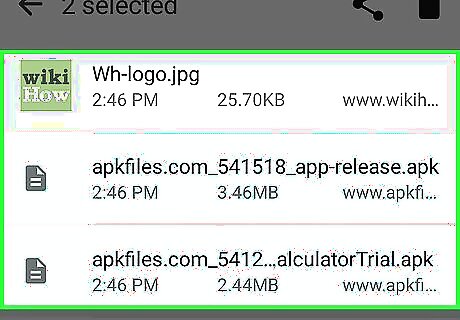
Long press and tap each file you want to delete. Each file you want to delete will have a checkmark next to it.
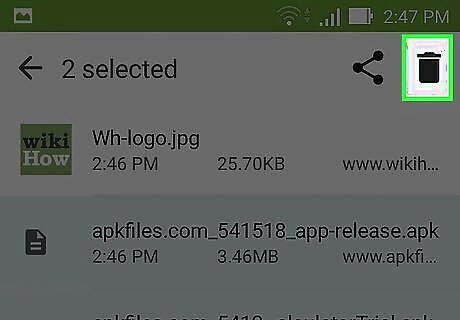
Tap the Trash button. The layout of this screen will vary depending on your device, but there's usually a trashcan button or a Delete button you can tap at the top of the screen.
Confirm your action. Tap on the OK button from the dialogue box. You're done!
Clearing Your Cache
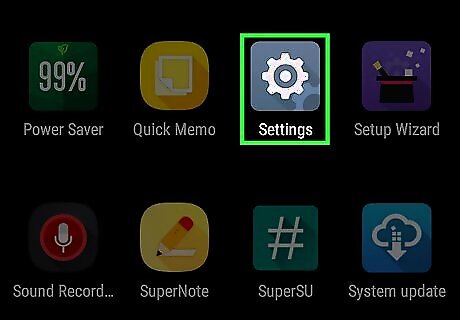
Tap the Settings app. You'll find this in the list of all of your apps.
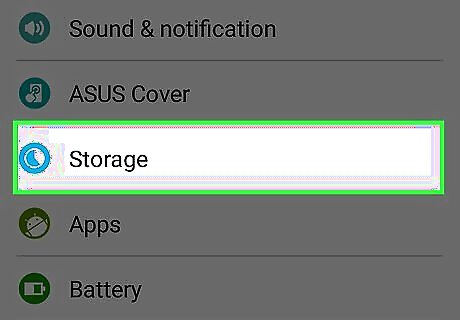
Tap Storage & USB. It may just be labeled Storage.
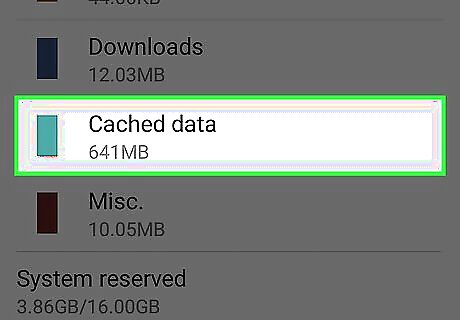
Tap Cached data.
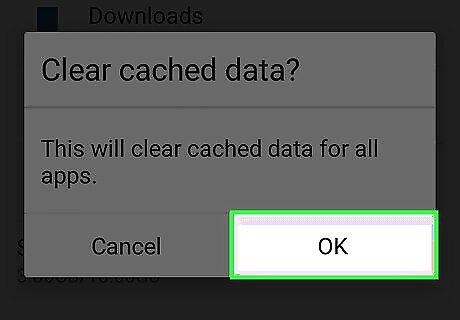
Tap OK. This will clear all of the app cache data on your device. You'll have to sign into your apps again when you next launch them.
Transferring and Removing Pictures (Windows)
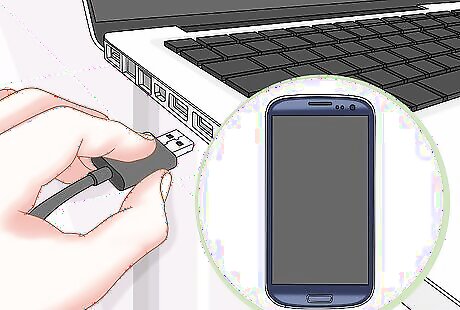
Connect your Android device to your computer. If you have a Mac, see Transferring and Removing Pictures (Mac).
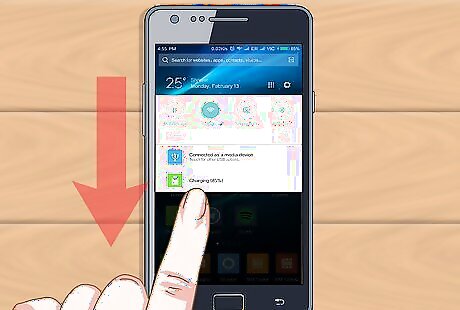
Swipe down from the top of the Android screen.
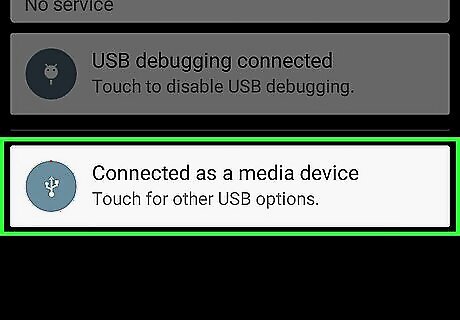
Tap the USB notification.
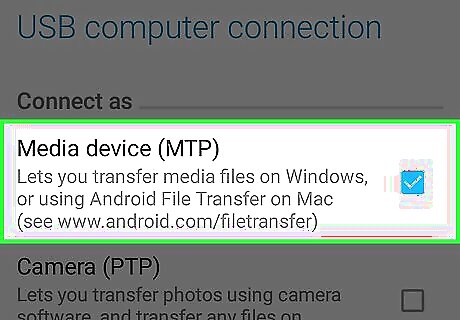
Select File transfer or MTP.
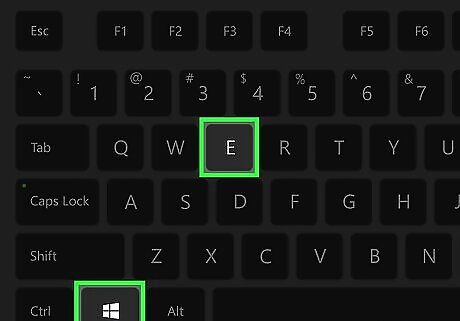
Open the Computer/This PC window. You can click the folder or Computer button in the Start menu, or press ⊞ Win+E.
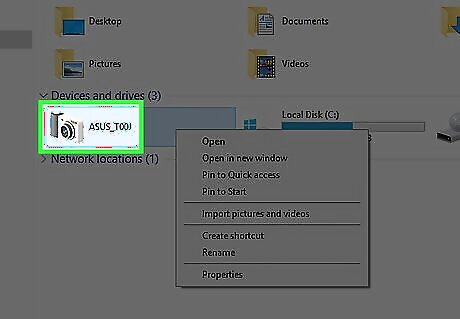
Right-click on your Android device.
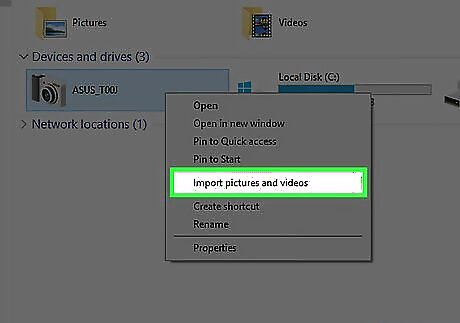
Click Import pictures and videos.
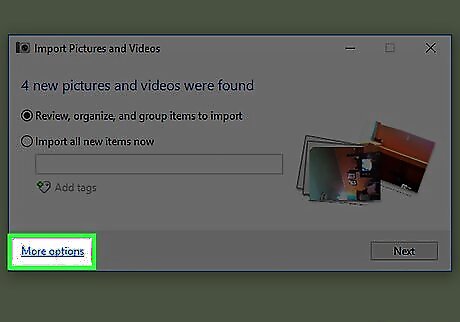
Click the More options link.
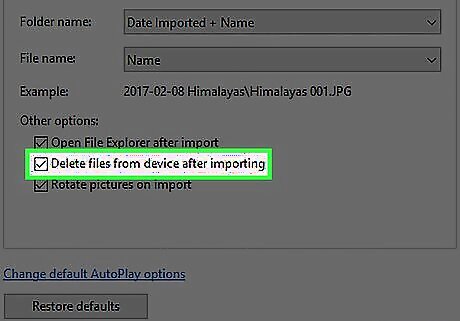
Check the Delete files after importing box.
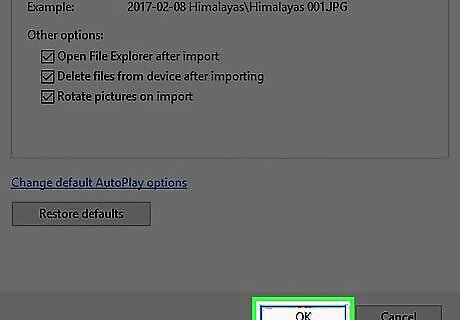
Click OK.
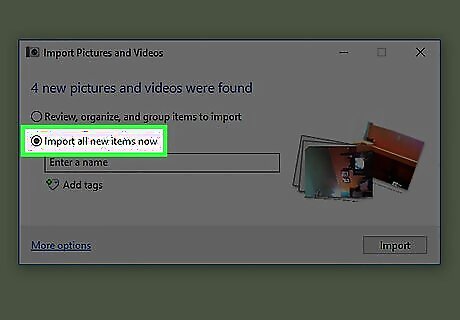
Click the Import all items now radio button.
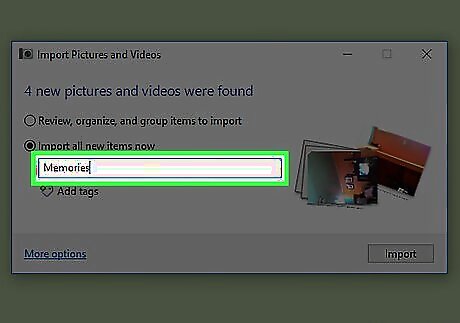
Enter a name for the folder.
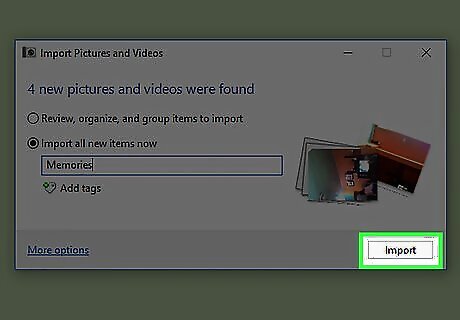
Click Import. The photos will begin copying to your computer, and will then be deleted from your device.
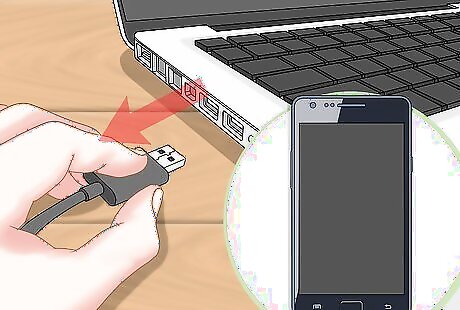
Disconnect your Android after the photos finish transferring.
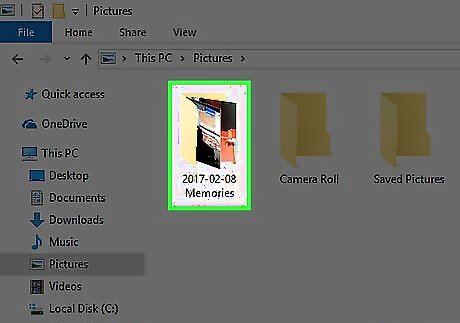
Open the Pictures folder on your computer to find the photos.
Transferring and Removing Pictures (Mac)
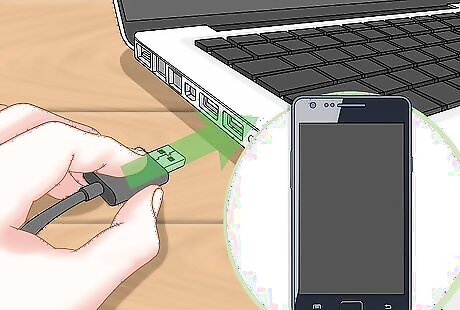
Connect your Android device to your Mac.
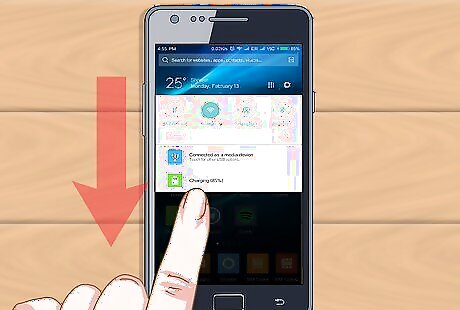
Swipe down from the top of the Android screen.
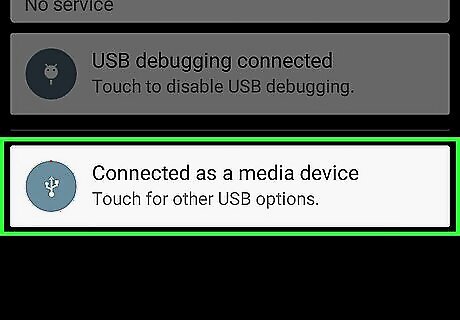
Tap the USB connection option.
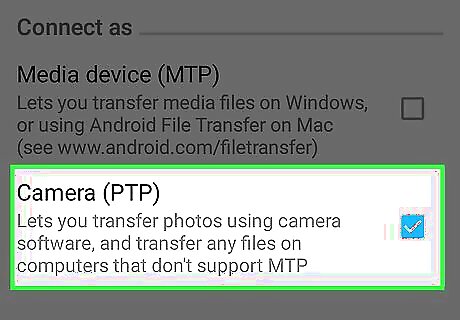
Tap Photo transfer.
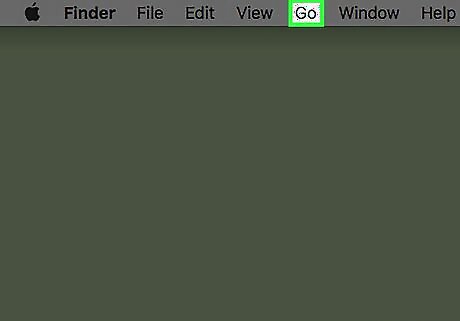
Click the Go menu on your Mac.
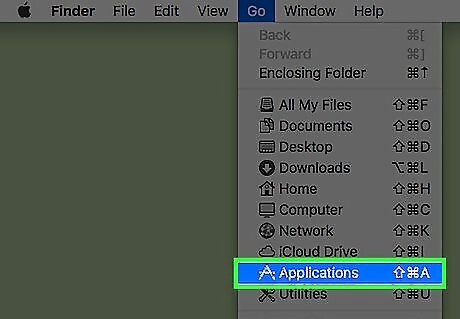
Click Applications.
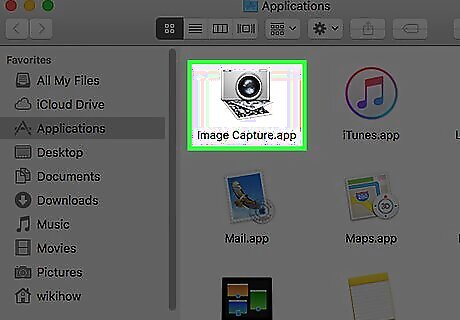
Double-click Image Capture.
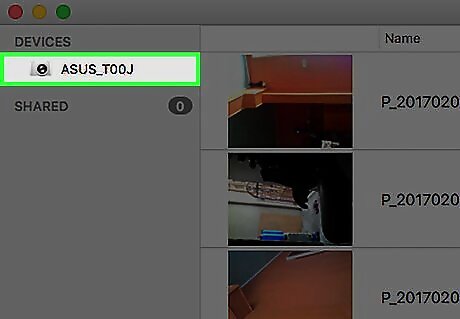
Click your Android device in the Devices menu.
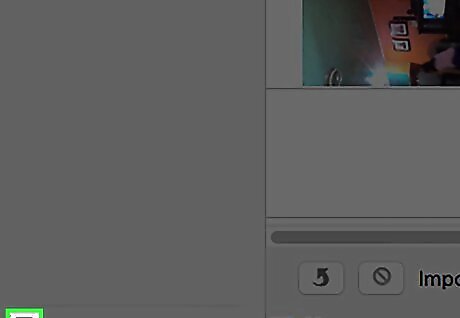
Click the arrow in the lower left corner.
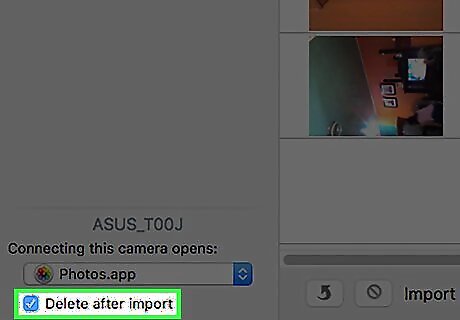
Click the Delete after import box.
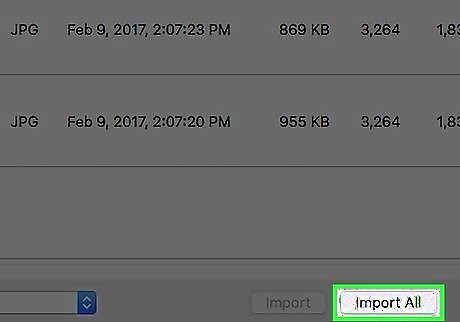
Click the Import all button. The pictures on your Android device will be transferred to your computer's hard drive, and will then be deleted automatically from your Android's storage.
Factory Resetting
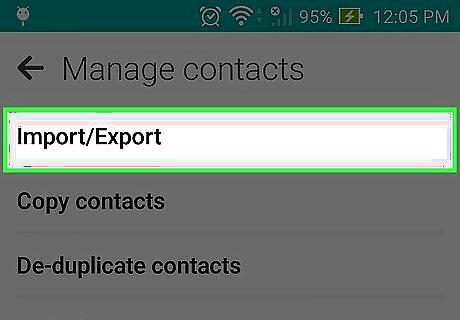
Back up your contacts. If you are signed in with a Google account on your Android, your contacts should automatically be synced with your Google account. You can check your Google contacts at contacts.google.com. If you have contacts you need to back up manually, see Backup Contacts on Android.
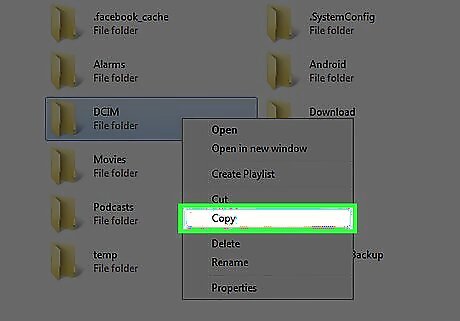
Save any files you may need. When you factory reset, all of your data will be wiped. If you have files on your Android that you need to keep, connect your Android to your computer and transfer the files for safekeeping. See Transfer Data Between a Cell Phone and Computer for detailed instructions.
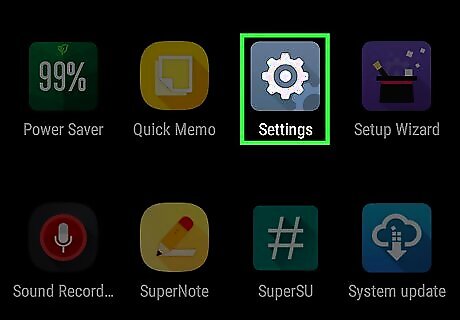
Tap the Settings app on your Android. Once your data is safely backed up, you can start the reset process.
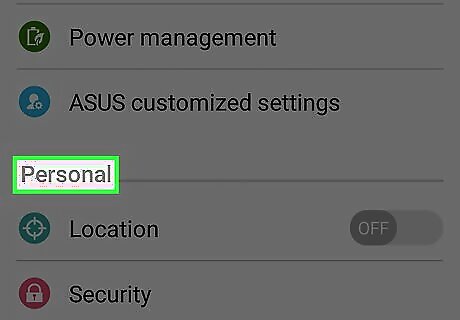
Tap the Personal tab (if applicable). Some Android devices, notably Samsung devices, will require you to switch to the Personal section to find the reset options.
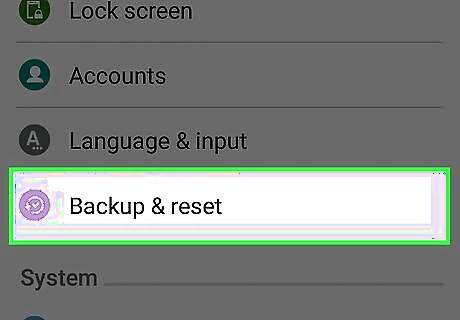
Tap Backup & reset.
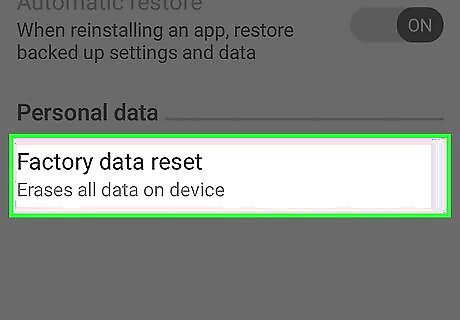
Tap Factory data reset.
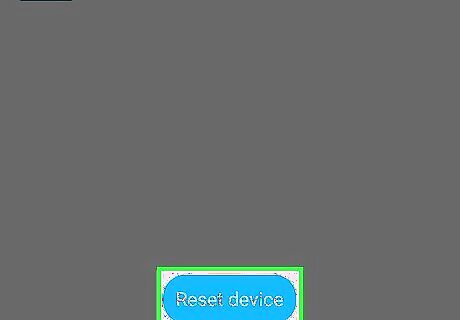
Tap Reset phone.
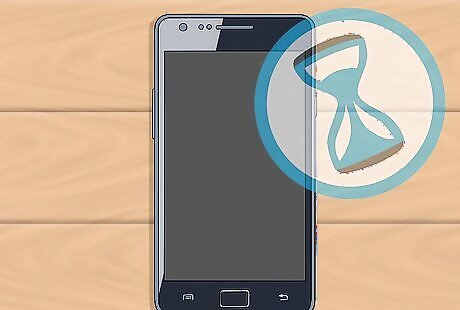
Wait while your device resets.
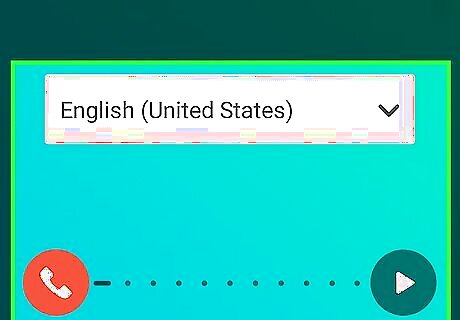
Start the device setup process.
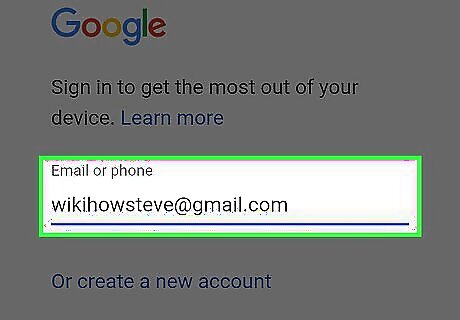
Sign in with your Google account when prompted. This will restore your contacts and settings, as well as your Google Play Store app purchases and downloads.




















Comments
0 comment